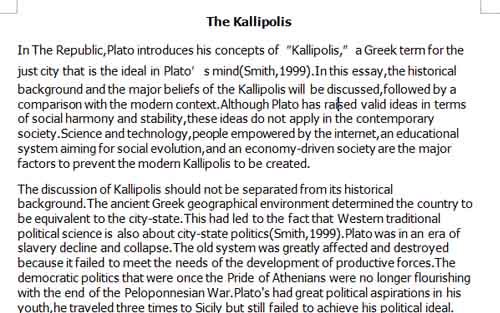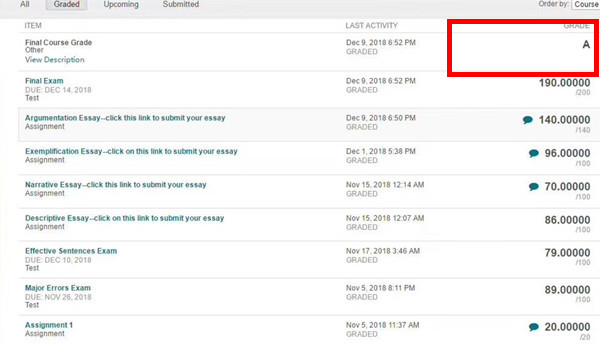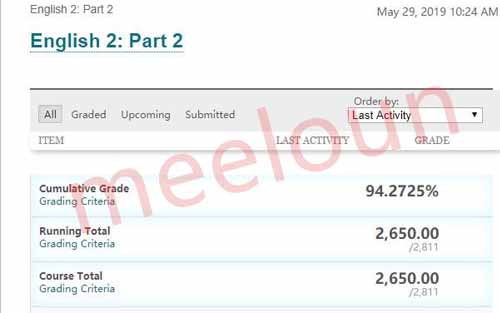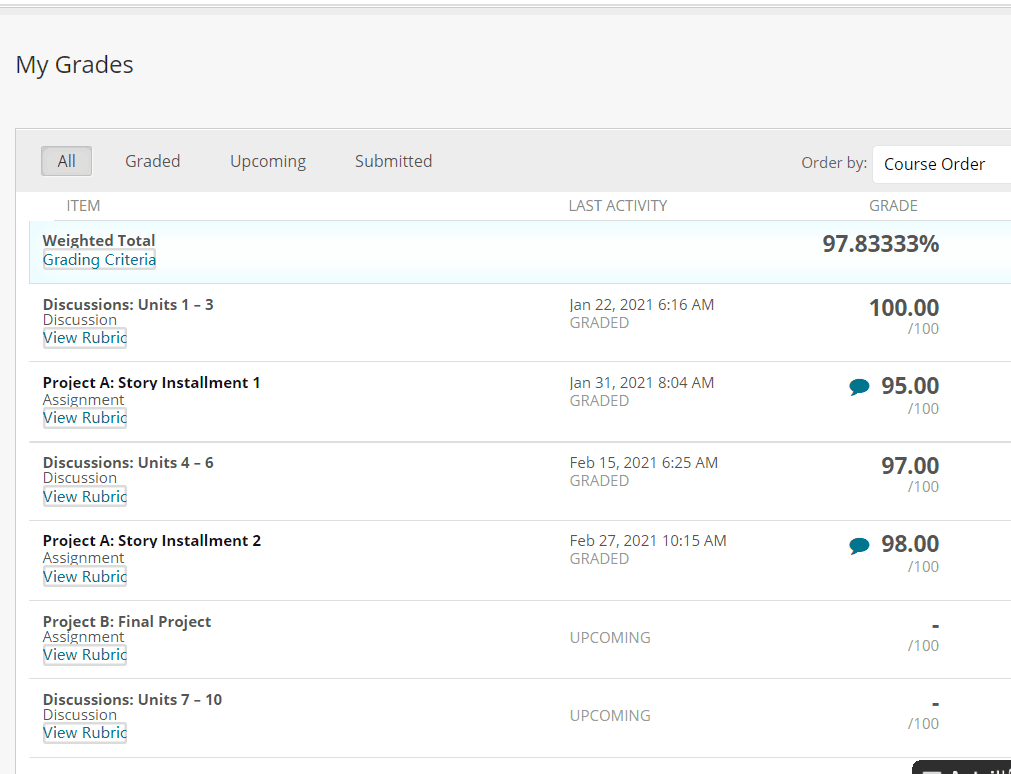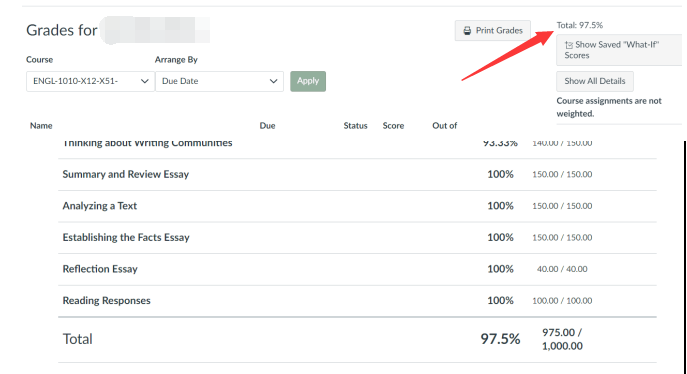本文是一篇英语presentation范文,供大家参考学习。综合收益表的列报,为了更好地反映投资公司的活动,并根据工商行政管理局发布的指导意见,分析收入和资本性质项目之间的综合收益表的补充信息已与综合收益表一并提交。

Presentation of the comprehensive income statement
In order to better reflect the activities of the Investment Company and in accordance with the guidance issued by the Administration for Industry and Commerce, additional information on the consolidated income statement that analyzes the relationship between income and capital nature items has been submitted with the consolidated income statement.
为了更好地反映投资公司的活动,并根据工商行政管理局发布的指导意见,在合并利润表中提交了分析收入和资本性质项目之间关系的合并利润表补充信息。
Investment property投资性房地产
Permanent title properties held by the Group for the purpose of earning income or capital appreciation or both are classified as investment properties under IAS 40 "Investment Properties". Properties held by way of finance leases for similar purposes are also classified as investment properties. Investment real estate is initially recognized as the purchase cost plus the directly attributable purchase expense. Investment real estate is recorded at the revaluation amount, and the revaluation amount is presented at the fair value determined on an open market basis on the reporting date. The fair value of an investment property is based on the valuation of an independent valuer with recognized relevant professional qualifications and up-to-date experience in the location and category of the investment property being valued.
本集团为赚取收入或资本增值或两者兼而有之而持有的永久产权房地产根据国际会计准则第40号“投资性房地产”被归类为投资性房地产。为类似目的而以融资租赁方式持有的物业亦分类为投资物业。投资性房地产初始确认为购买成本加上可直接归属于购买费用。投资性房地产按重估金额入账,重估金额按报告日在公开市场基础上确定的公允价值列报。投资性房地产的公允价值以独立估价师的估价为基础,该估价师具有公认的相关专业资格,并在被估价的投资性房地产的位置和类别方面具有最新经验。
The fair value of an investment property usually includes the following factors:
• Market evidence of comparable transactions of similar properties;
• the actual current market and current market expectations for that type of property in that type of location at the reporting date;
• the rental income generated by the lease and market expectations regarding possible future lease terms;
• It is assumed that sellers and buyers, having a reasonable understanding of the current market, are motivated but not compelled to trade fairly in that market; As well as
• Investors' expectations of future improvements in rental income or market conditions.
Gains and losses resulting from changes in fair value are included in the statement of consolidated income for the year in which they occur. The purchase and sale of investment real estate is recognized when the contract is unconditionally exchanged during the current year and the significant risks and rewards of ownership have been transferred.
The recognition of an investment real estate project shall be terminated at the time of disposal or when the continued use of the asset is not expected to generate future economic benefits. Any gain or loss (calculated at the difference between the net disposal gain and the carrying value of the item) arising from the termination of the recognition of the asset is included in the consolidated income statement for the year the item is terminated. Investment real estate does not depreciate.
Realized and unrealized gains on investment properties are listed as capital items in the consolidated income statement.
These loans are secured against the real estate by first class security, as noted in Note 17. According to industry practice, investment real estate is held by the nominated company.
The lease
Financing leases that substantially transfer all risks and benefits associated with ownership of the leased property to the Group are capitalized at the beginning of the lease at the fair value of the leased property or at the present value, if lower, of the minimum lease payment. Lease payments are apportioned between the financing expense and the reduction in the lease liability so that the interest rate on the balance of the liability remains the same. Financial expenses are deducted directly from revenue.
Operating lease is a lease other than financial lease. Lease income shall be recognized as income by the straight-line method during the lease term. The direct costs incurred in negotiating and arranging an operating lease are charged to the carrying value of the leased asset and are recognized as expenses during the lease term on the same basis as the lease income.
Notes to the consolidated financial statements
For the year ended 31 December 2010 (continued)
2. Important Accounting Policies (continued)
The financial statements reflect the requirements of SIC 15 "Operating Leases - Incentive" as long as these requirements are material. If there are no conditions attached to the abandonment of the lease, the premium received at the time of the abandonment is immediately recorded as income.
Cash and cash equivalents
Cash includes cash on hand and bank deposits. Cash equivalents are short-term, highly liquid investments that can be easily converted into a known amount of cash in three months or less with little risk of change in value.
Income and Expenditure
Revenues and expenses are charged to the consolidated income statement on an accrual basis. All income and expenses of the Group are generated from going concern. Income is recognized when economic benefits are likely to flow to the group and revenue can be measured reliably.
The lease bonus (including the refund premium paid) will be amortized on a straight-line basis from the commencement date of the lease to the earliest termination date. After the receipt of the refund premium on the pre-determined leases, the profits from the leases, after deducting the out-of-repair and unrecoverable expenses, are immediately reflected in the other operating income.
Property operating costs include rental professional fees and other unrecoverable costs.
The income collected from tenants for property services and the costs associated with such services are presented separately in the consolidated income statement to reflect that although the sum is held on behalf of the tenant occupying the property, the ultimate risk of payment and recovery of such fees is with the landlord.
The dividend
Dividends are recognized during payment.
Financial liabilities and equity
Financial liabilities and equity instruments are classified according to the substance of the contractual arrangements entered into. An equity instrument is a contract that identifies the residual interest in the assets of the group less all of its liabilities.
Derivative financial instruments
The group's activities expose it to financial risk from changes in interest rates. The Group uses interest rate swaps to mitigate this risk. The Group does not use derivative financial instruments for speculative purposes.
Changes in the fair value of derivative financial instruments are recognized in the statement of consolidated income at the time of generation. According to IAS 39, "Financial instruments: recognition and measurement", these derivatives are classified as transactionable financial instruments and are held solely for the purpose of reducing the risk of interest rate changes disclosed in Note 24.
Trade receivables
Trade receivables are presented at their notional amounts less an appropriate discount to the estimated unrecoverable amount.
Loans and Borrowing
All loans and borrowings are initially recognized at cost, i.e. the fair value of the consideration received less the issuance costs associated with the borrowings. After initial recognition, loans and borrowings are subsequently measured at amortized cost using the effective interest rate method. Amortization costs are calculated by taking into account any issuance costs and any discounts or premiums at settlement.
Notes to the consolidated financial statements
For the year ended 31 December 2010 (continued)
2. Important Accounting Policies (continued)
Gains and losses are recognized in the statement of consolidated income when liabilities are terminated and through the amortization process.
Other assets and liabilities
Other assets and liabilities are presented at face value without interest.
Equity
Common shares are classified as equity. The incremental costs directly attributable to the issuance of common stock are recognized as equity deductions.
Tax
The Board deals with the affairs of the Group so that management and control of the Group is not exercised in the UK and the Group does not trade in the UK. As a result, the Group is not liable to UK tax on income or capital gains generated in the UK, other than certain income from the UK.
The Group levies UK tax on income generated from investment properties and intra-Group loans after deducting allowable debt financing costs and allowable fees.
As at 31 December 2010, the Group was tax-free in Guernsey.
Principles for preparing cash flow statements
The statement of cash flows is prepared using the indirect method, which separates cash flows from operating activities, investment activities and financing activities. The net results have been adjusted for changes in amounts in the consolidated income statement and in the statement of financial position that did not generate cash receipts or expenditures.
The amounts of cash in the statement of cash flows include assets that can be converted into cash without any limitation and are not subject to any material risk of a decline in value as a result of the transaction. Dividends paid and declared are included in the cash flow generated by financing activities.
3. Rental income
Rental receivables, excluding VAT, are all from going concern in the United Kingdom.
4 Business Division
The director is the main operational decision maker. http://www.ukdeshesis.org/deshesis\u writing/Finance / 2012/0313/1083 HTML's board of directors is responsible for making the company's investment strategy according to the prospectus. They have delegated the day-to-day implementation of this strategy to their investment managers, but remain responsible for ensuring that the adequate resources of the company are guided in accordance with their decisions. Periodically review the investment decisions of the investment manager to ensure compliance with the Board's policies and legal responsibilities.
The investment manager has been given carte Blanche to act on behalf of the company. According to the terms of the investment management agreement, under the overall supervision of the board of directors, managers are the company's assets in the general distribution between different investment advice, as the company's borrowing policy advice and leveraged investment condition, management company subscribed yields and short-term liquidity in investment in fixed income instruments, and the companies use (and management) derivatives and hedge. Although the Investment Manager may make day-to-day investment decisions regarding the allocation of funds for different investments, any change in investment strategy or significant allocation decisions must be approved by the Board of Directors, even if the Investment Manager may propose it.
投资经理被授予全权代表公司行事。根据投资管理协议的条款,在董事会的全面监督下,管理人是公司资产在不同投资建议之间的一般分配,作为公司的借款政策建议和杠杆投资条件,管理公司认购固定收益工具投资的收益率和短期流动性,公司使用(和管理)衍生品和对冲。尽管投资管理人可以就不同投资的资金分配作出日常投资决策,但投资策略的任何变更或重大分配决策必须经董事会批准,即使投资管理人可以提出。
以上就是本篇英语Presentation范文全部内容,欢迎阅读,范文内容和格式仅供留学生参考学习,不得抄袭,如有侵权请联系我们删除。




